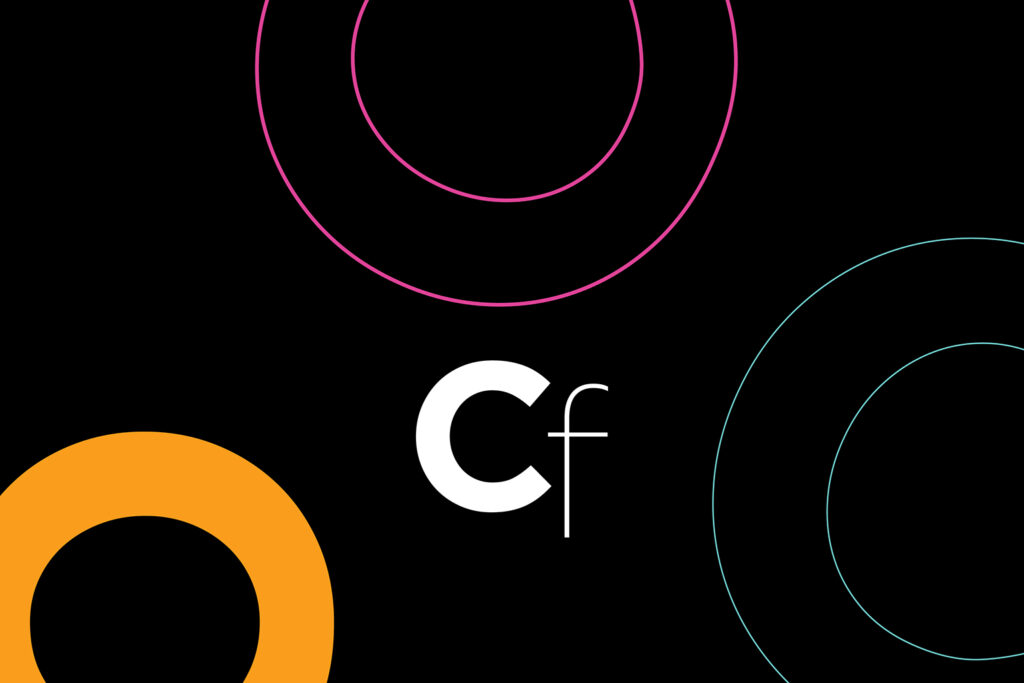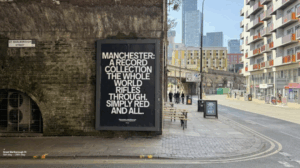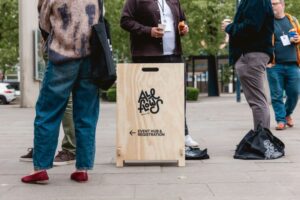The First ‘Gulf Quinquennial’ in the UAE Argues for a ‘Less Is Best’ Approach to Group Shows

How many artists does it take to change the story of the Arabian Peninsula—lands comprising Bahrain, Kuwait, Oman, Qatar, Saudi Arabia, and the United Arab Emirates? About 30, the NYU Abu Dhabi Gallery suggests in its inaugural Gulf Quinquennial, and that count includes the artist behind the inspired graphic design of its poster, Mohammad Sharaf.
The stipulation being the curation is exceptionally coherent, and the spread is a satisfying array of videos, installations, paintings, and un-translatable traditions of record-keeping that involve ocean tides. And when I say the show changes the story of the Arabian Peninsula, I mean that it deepens the narrative. The quinquennial tells a story about how no land, especially not the United Arab Emirates, is a cultural monolith. Instead, this show presents the Emirates as an evolving interaction of language and labor, the latter of which is overwhelmingly provided by migrants. Stage it in a time of technological advancement, and geopolitical upheaval; when morality is flammable and so is the climate.
The show is titled “Between the Tides” and was assembled by executive director and chief curator Maya Allison and Dugyu Demir, an historian who joined the institution in 2023. Allison previously worked with Aisha Stoby on “Khaleej Modern” (2022), an illuminating reintroduction to the players who, in the early 20th century, built a context for art to be created and shared in the region. Here, Allison and Demir make an equally effective team to create a five-year snapshot of creative practices in the Gulf Cooperation Council (the official name of the above mentioned countries).
That’s the exact right amount for a recurring show of this kind. In the UAE, a span of five years can see skylines come and go, old and new geopolitical alliances sutured or torn, and new faces on every sidewalk. Not to mention the potential for new art infrastructure: Within the 10 years the gallery has been open, Abu Dhabi got a Louvre, while Dubai welcomed the Jameel Arts Centre opened and an expanded gallery district.
A “true” survey of this period, Allison writes in the catalog, “would not be possible in any comprehensive sense.” Rather, “Between the Tides” is told via individuals whose experiences represent the ways a life can unfold across the GCC, as well as the innumerable ways the past and future haunt its present. These artists represent that present as inspiring—and sometimes menacing.
Two works placed early on in the show explore different dimensions of the UAE’s maritime history. The installation Breakers, by the artist Sophia Al Maria, consists of fiberglass and steel structures based on the form of a tetrapod, a concrete block placed in waters to break waves. They resemble monumental playing pieces from the game jacks, though Al Maria’s works are lit from within and stacked like a weary constellation. Despite the Emirates’s great stretches of sand, cement, and rock, life here circles the ebb and flow of the Gulf, which flows into the Indian Ocean from the Gulf of Sharjah, and fills lagoons along the coast.

These lagoons have been imperiled for decades by extractive industrial machines. If they go, so do the biosystems which have sustained centuries of local maritime trade, and with them the sea-fearers who function as repositories for centuries of Indigenous idiosyncrasies and oral tradition. Visual and written histories are relatively new to the Gulf. Consequently, “Past-making”, as one of the exhibiting artists, Christopher Joshua Benton, put it in the press materials, is chief among the gallery’s concerns, and its team directs considerable energy into supporting the creation of publicly accessible, institutional-quality archives. These histories are, by the nature of cultural inheritance, effectively intuitive to their practitioners; to say, this is not knowledge one encounters by chance. Without the intervention of projects such as this, it is fated to die—to borrow the show’s title—between the tides.
That is why Noor Al-Fayez’s project, Circle No.1: Seasons (2022), is of value. Al-Fayez painted a monumental version of a regional, 365-day calendar that has been used in the Gulf by fishermen, divers, and farmers for centuries. That calendar is resolutely not intuitive viewing—it starts with the appearance of the star Suhail, and from there divides the year into four unequal seasons, then splits it even further into 36 “micro-seasons,” which shift in duration and date according to where is standing in the Gulf. Readings vary further when in dialogue with other local and regional record-keepers; the calendar even has commonalities with Persian systems. Al-Fayez drew her iteration in chalk and layered it with a thick resin glaze overlayed with even more localizations, drawing extensively from the work of the late Kuwaiti astronomer Saleh Al Ouijairy.
These systems are divorced from Western means of timekeeping, like clocks and almanacs, whose conceptions are inextricable from the Agricultural and Industrial Revolutions. It’s a wonderfully radical notion, speaking as an American; to divorce one’s eventualities from capitalist machinations, and allow time to carry you along the whims of water and wind.
Near Circle No.1: Seasons are two projects that again force encounters with a dimension of the Gulf made invisible by more insidious means: the 30 million migrants, overwhelmingly hailing from South Asian countries, who live in the GCC and make up around 80 percent of the UAE’s population. By design, it is unlikely a tourist from the so-called Global North will spend any considerable time in migrant spaces—mainly malls, grocery stores, or what artist Christopher Joshua Benton calls “bed spaces”—given the region’s intense cultural and economic stratification.

In text accompanying the exhibition, Benton defines a “bed space” as a site limited “to a single bed and its immediate vicinity, a cost-effective housing practice for low-income workers.” Called Chirag’s Things, after the Indian master tailor who met the artist as a relative newcomer to Dubai, his work is a lucite box made to the dimensions of the UN’s formula for overcrowding—100 centimeters square—and bloated with clothing, toiletries, medicine, bedding, dish soup and cutlery. This trove of disposables pressed against the confines acts as a metaphorical coffin; it’s ghastly to realize room must still be impossibly made for a body. Art institutions are powerful, I think, because of their capacity to redistribute value across materials and people. Benton, in a particularly generous gesture, has transmuted Chirag’s “things” into relics.
The inverse of this institutional power is its ability to return relics to things, which remind us that the past is present. This temporal alchemy is at work in Gauze (2023), by Hazem Harb, an artist who typically works in photocollage but who, in the final months of 2023, shortly after the beginning of Israel’s war on Gaza, turned to a paper-making technique he learned in Italy. He worked the pulp of cardboard cartons into paper the color of his skin and then, with archival adhesive, sculpted the gauze onto board. Gauze, the materials state, is believed to have originated from Harb’s home city of Gaza, and the sonic resonance between the words stirs and shames, like all important things that went unnoticed. Harb arranged the series in an intentional sequence to suggest time passing while all that changes is the movement of the fibers within each frame—fibrous limbs reach for beyond their confines, fall, as if beaten from above, and finally rise like a funeral veil caught in the wind.
It’s a good time for old and new biennials alike in the region, such as the Sharjah Biennial on view one Emirate over, to reconsider their approach to exhibition-making. The climate can’t sustain the prevalent biennial model, with the volume of people and works it transports, and the ease of which they rationalize their own exponential growth. Get a copy of this catalog, as the show will soon close. Check out Vikram Divecha’s El Dorado (2022), named after a now-defunct movie theater in Abu Dhabi that screened South Asian films. The story of this venue is told via the found diary of the theater’s projectionist, called “K,” a bored introvert who made paintings and drawing that reflected his peculiar position as a particularly invisible member of an invisible class; and the precious facilitator in a ritual of social gathering.
Preserved among K’s diary pages are clippings from a scanned 1982 article from the newspaper the League Times Daily, about an anti-government strike in India, suggesting that K attended that very demonstration, briefly casting him in the cast of his own epoch. He gave the El Dorado a story; us too.







